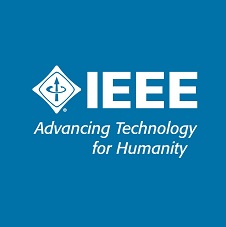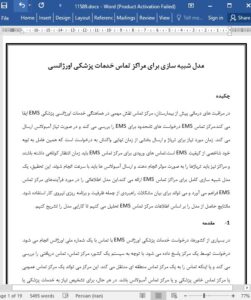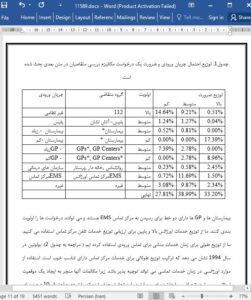ABSTRACT
In pre-hospital health care the call center plays an important role in the coordination of emergency medical services (EMS). An EMS call center handles inbound requests for EMS and dispatches an ambulance if necessary. The time needed for triage and dispatch is part of the total response time to the request, which, in turn, is an indicator for the quality of EMS. Calls entering an efficient EMS call center must have short waiting times, centralists should perform the triage efficiently and the dispatch of ambulances must be adequate and swift. This paper presents a detailed discrete event simulation model for EMS call centers. The model provides insight into the EMS call center processes and can be used to address strategic issues, such as capacity and workforce planning. We analyse results of the model that are based on real EMS call center data to illustrate the usefulness of the model.
1 INTRODUCTION
In most countries a request for emergency medical services (EMS) is done by calling a nation-wide valid emergency number. The request is answered by a centralist. Depending on the country’s system, the call center handles the request, or the request is passed through to a regional call center; this may be a general call center for emergency services or a specific medical or ambulance call center. Either way, a triage is performed to determine if medical service is needed and if an urgent response is necessary. In the latter case, an ambulance is sent to the incident and care is provided. If the patient needs hospital care, transportation to a hospital is provided.











